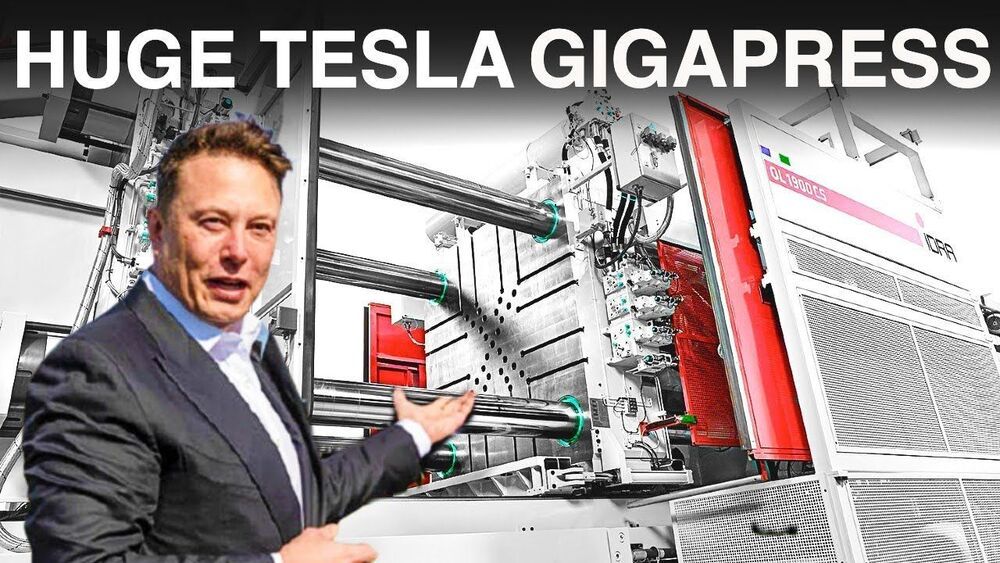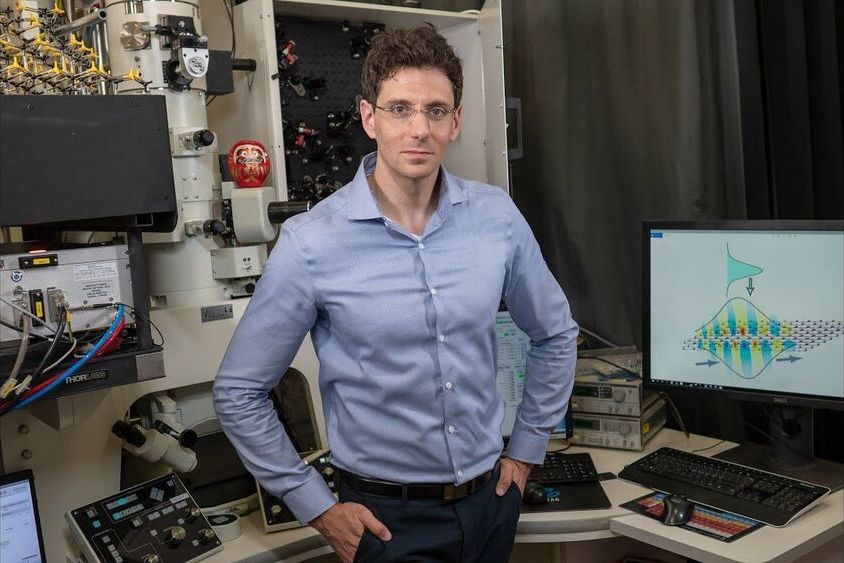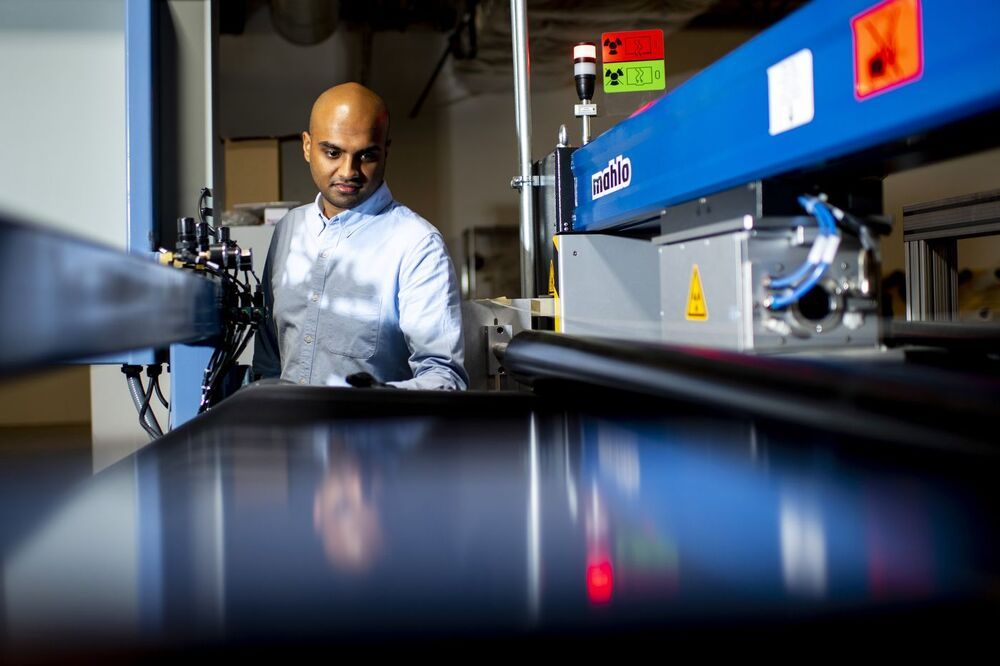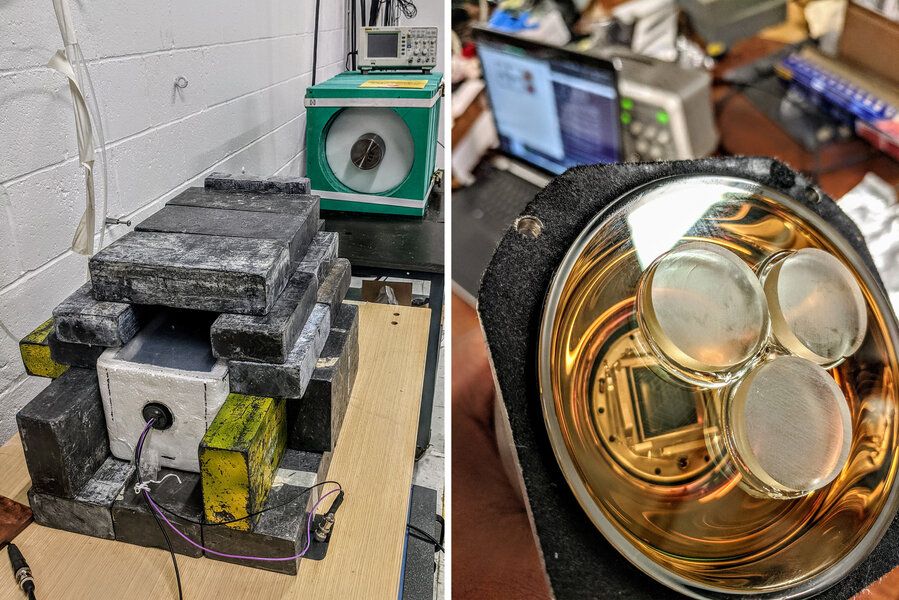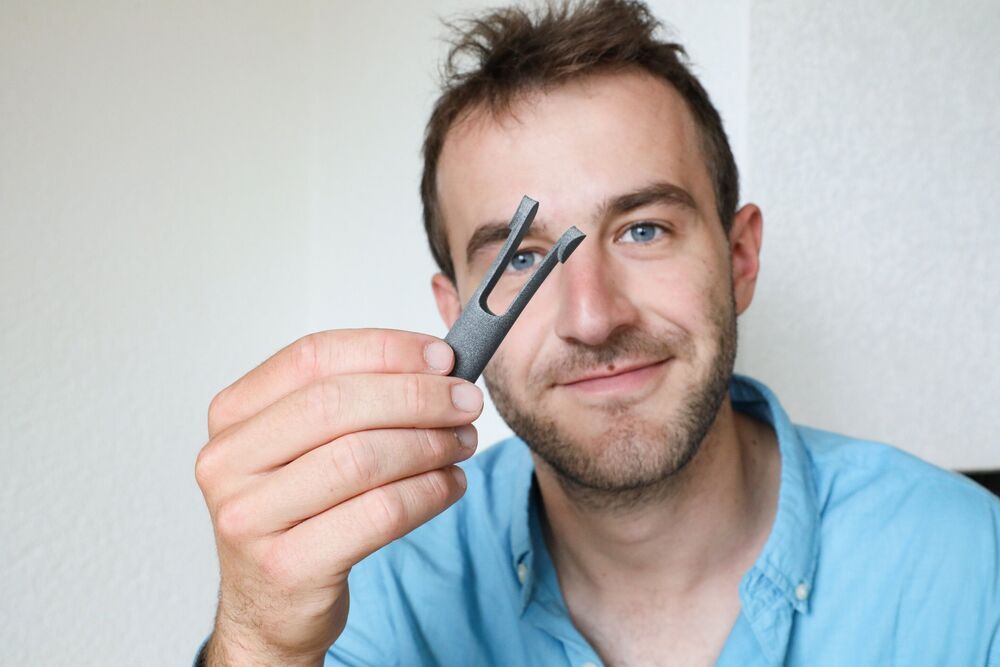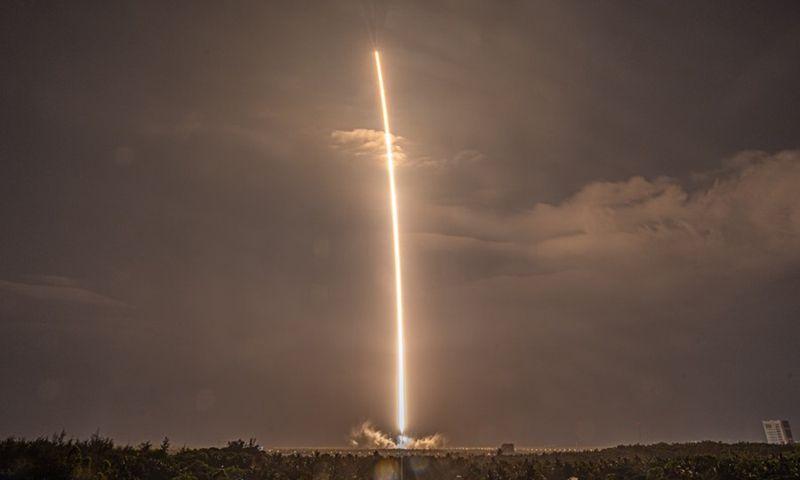Jun 14, 2021
Teslas NEW Giga Press Is a BIG Game Changer
Posted by Raphael Ramos in categories: business, Elon Musk, engineering, space travel, sustainability
Tesla’s NEW Giga Press Is a BIG Game Changer Tesla and big things are inseparable. Be it ambition, idea, or more tangible items, Tesla would rather go big. Perhaps that is due to the many successes the company has racked up in the short time it has existed or just the personality of the CEO, Elon Musk. Whatever the case, Tesla tends to come along and fundamentally change how things are done, just like with its Giga Press. What is a Giga Press and how does it work? Why is it a game changer in the auto making business? Welcome to Tech Archives.
What is a Giga Press?
Continue reading “Teslas NEW Giga Press Is a BIG Game Changer” »
